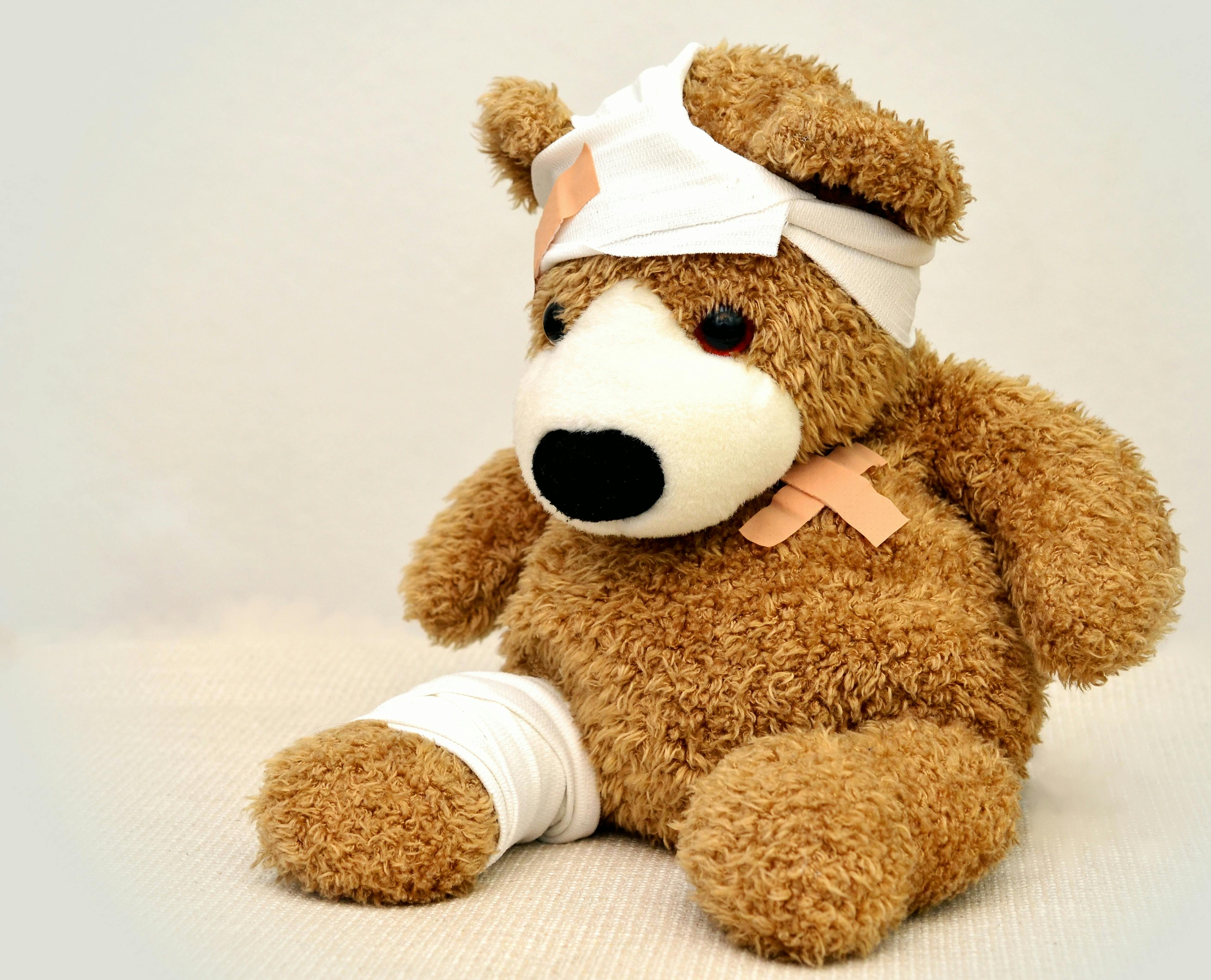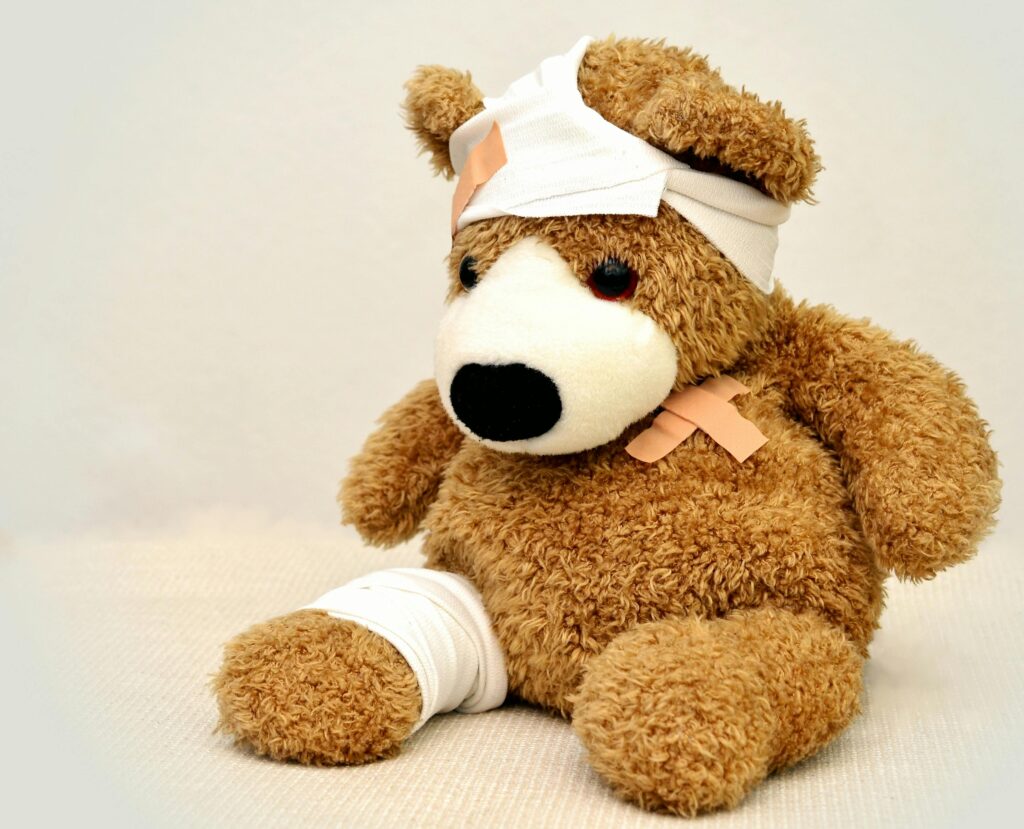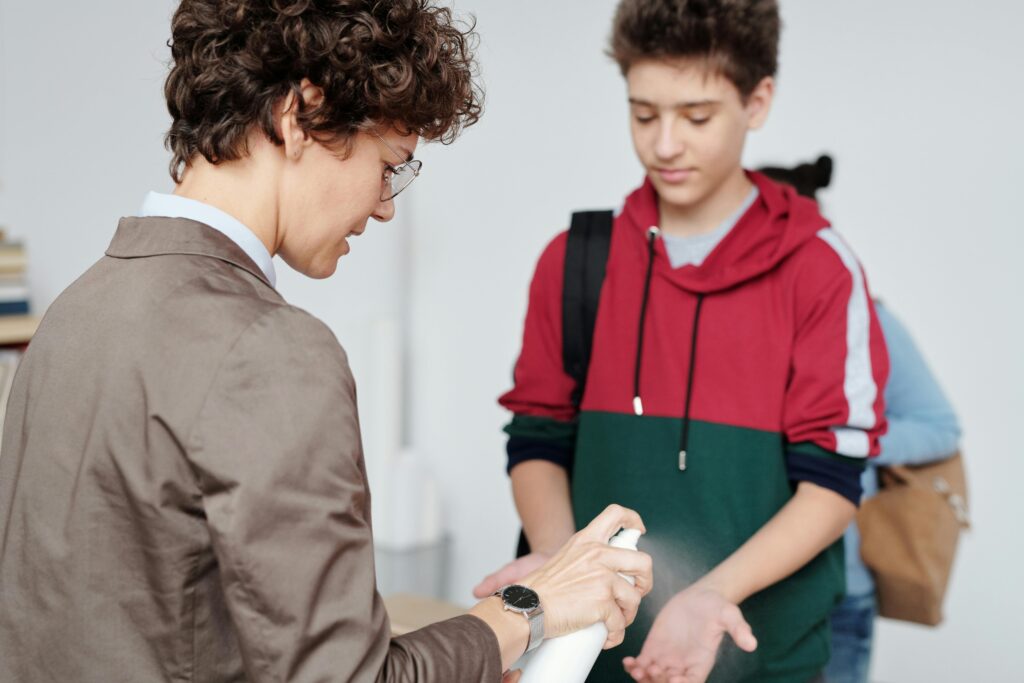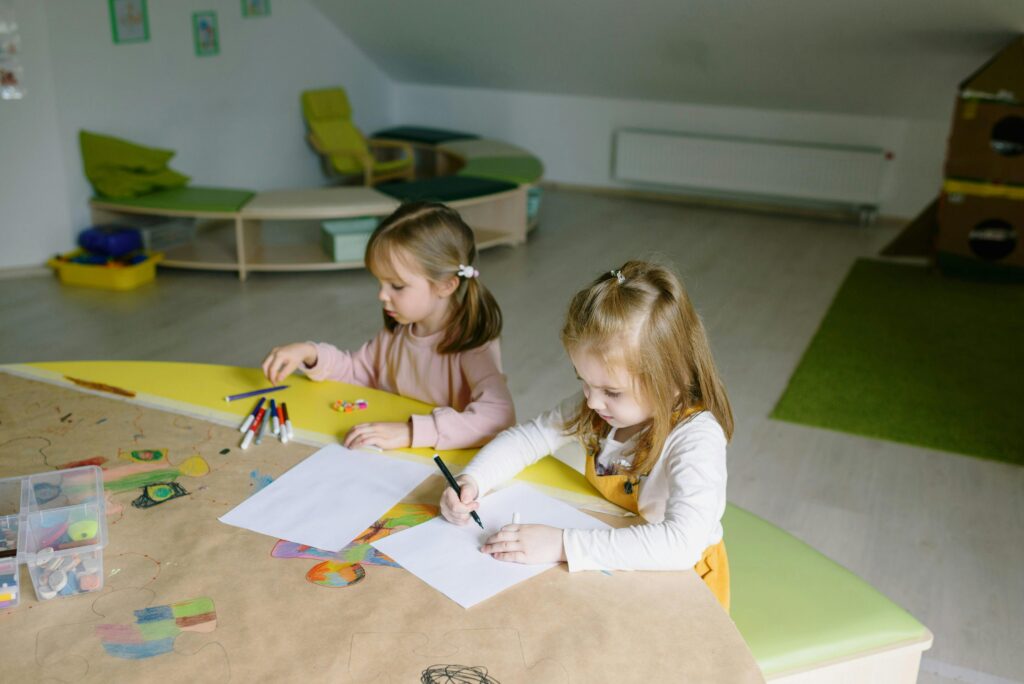December 09, 2024

10 Personal Safety Skills Every Student Should Learn
rebekah
May 19, 2025
Keeping students safe: something that’s every teacher’s top priority.
But here’s a startling (and sobering) reality: according to the CDC, 8,000 kids are sent to the emergency room every single day because of injuries that likely could have been prevented.
On top of that, there’s a growing need to teach children how to protect themselves from potential harm in unpredictable situations, whether that’s in the physical world or online.
Teaching personal safety skills to your students isn’t something that should be regarded as yet another checklist to mark off in your curriculum. Instead, it has the goal of providing your students with the lifesaving skills they’ll carry with them forever.
10 Personal Safety Skills to Teach Your Students

Below, we’ve compiled 10 essential personal safety skills your students should learn, paired with tips on how you can most effectively teach them.
1. Practicing First Aid, Basic Hygiene, and CPR
Knowing basic first aid and hygiene not only helps students care for themselves but also allows them to assist friends and family in emergencies.
While you don’t need to train a first grader in advanced first aid or CPR, you can teach them the basics. Start with easy techniques like treating minor cuts or nosebleeds. If possible, invite a medical professional to give a demo on hands-only CPR.
Bonus? These lessons might just spark an interest in healthcare careers!
2. Respecting Personal Boundaries
Teaching boundaries helps prevent bullying and exploitation, but it can be tricky to do without crossing any lines yourself.
The Circles Curriculum by Stanfield is a great resource to introduce these concepts to students. It’s designed to teach kids how to recognize different types of relationships and their boundaries, helping them avoid unsafe or inappropriate interactions.
3. Avoiding Dangerous Situations
From “stranger danger” to identifying hazardous objects, avoiding risky situations requires critical thinking. Use role-play exercises to simulate real-life scenarios where students have to make quick decisions, like avoiding abandoned areas or recognizing unsafe online chats.
4. Reciting Their Full Name, Address, and Phone Number
It may seem basic, but it’s one personal safety skill you just can’t skip. Make sure your students know their own and their emergency contacts’ details. Practice this in class and emphasize why it’s important for emergencies. For younger students, turn this into a fun game—we promise they’ll remember it faster.
5. Knowing What to Do in a Fire
Fire safety drills are typically a school staple, but are your students truly prepared? Make sure they understand how to feel for hot doors, stay low under smoke, and find exit routes. Go further by teaching them to use fire extinguishers and dial emergency numbers like pros.
6. Shutting Off Utilities
By the time students reach middle school, they should understand basic household safety, including knowing how to shut off water or gas during emergencies. Integrate this lesson into science classes and use hands-on visual aids for better comprehension.
7. Teaching Consent
The sooner this is taught, the better. Consent is about understanding and respecting the word “no.” Whether it’s sharing personal space or borrowing items, help your students understand that consent applies across all interactions. Again, programs like the Circles Curriculum emphasize this skill effectively.
8. Practicing Self-Defense
Teaching self-defense doesn’t mean you’re encouraging violence. Instead, it should be about instilling confidence and personal safety in your students. You can partner with local martial arts instructors or self-defense programs to teach your students techniques they can confidently use in emergencies.
9. Avoiding Bullying
Bullying isn’t just physical. From cyberbullying to exclusionary tactics, students face a wide range of challenges. Show them how to identify bullying behavior, speak up when they see it, and support peers who may be struggling.
At Stanfield, our SafetySmart curriculum is a great choice if you’re looking for something that offers age-appropriate modules on bullying prevention tailored for students’ developmental needs.
10. Asking for Help
Encourage your students to seek assistance from trusted adults when they feel unsafe. Reassure them that asking for help shows courage, not weakness. Use storytelling and open discussions to normalize asking for help in front of classmates.
Tips for Teaching Safety Skills to Your Students

Now that you know which personal safety skills should be at the top of your priority list, there are some tips for integrating them into your curriculum:
Teach Early, Teach Often
Why wait? Start integrating personal safety discussions into your curriculum at an early age.
Students need repeated exposure to these lessons to both absorb and retain them. Safety topics like saying “no” to strangers or avoiding dangerous items should evolve as kids grow. You wouldn’t use the same lesson with a kindergartner as you would with a high school student, right?
Consistency is key, and repetition doesn’t have to mean boring. If you introduce these topics once and call it a day, they won’t stick. Make it age-appropriate and weave these lessons into ongoing activities throughout the year.
Address “Uncomfortable” Settings and “Tricky” People
Students need to understand danger doesn’t always look like a menacing villain from a movie. Sometimes it’s a “tricky” person—a neighbor, family friend, or even another child. Teach students how to identify red flags, like an unusually affectionate adult or someone asking them to keep a secret.
Talk about uncomfortable situations, too. What should they do if they’re alone at a park or browsing in a store and someone approaches? Normalize the idea of trusting their instincts. If a situation feels wrong, students should always have a plan to exit and inform an adult they trust.
We get it—it’s not an easy conversation. But would you rather your students feel momentary awkwardness discussing personal safety, or face a situation where they didn’t know what to do?
Promote Generalization
Here’s where the magic happens. Students need to not just learn safety skills but apply them across various scenarios. Research shows in situ assessments (real-life simulations) are the gold standard for testing and reinforcing these skills.
Role-playing is incredibly effective. For example, you can create a situation where a “stranger” (a colleague or volunteer) approaches during outdoor time. Watch how the student responds—do they move away and report the behavior, or do they freeze? You can then provide feedback and practice until their responses become second nature.
The key is mixing up the scenarios. Teach kids how safety strategies apply to strangers, hazards around the house, and scenarios at school or in public spaces. Making the practice dynamic ensures they’re ready for anything.
Prioritize Repetition (And Then Repeat Again)
We’ve all met students who can conjugate a verb flawlessly…until they’re quizzed six months later. The same goes for personal safety skills. Repetition solidifies the behavior and keeps it accessible when panic sets in.
Go beyond annual lessons. Reinforce safety by making it part of your daily routine. Start assemblies, P.E. sessions, or even morning meetings with quick refreshers. Short, consistent practice will make these skills second nature in moments that matter most.
Create and Practice Safety Plans
Don’t just discuss safety—map out actionable plans with your students. Use real-world examples to build step-by-step solutions. What do they do if a fire alarm goes off? How should they react if a sibling plays with medication at home?
For younger kids, simple plans like “Stop, get away, and tell an adult” are perfect. Older students benefit from more nuanced lessons on identifying safe escapes, locating emergency resources, and handling complex problems like online safety.
Reinforce the plans by practicing them regularly. Fire drills are standard in every school, but what about stranger-danger drills or practice for reporting unsafe situations? Giving students the chance to act out these scenarios empowers them to react efficiently during genuine emergencies.
Stay Safe With Stanfield

Teaching these skills doesn’t have to be a solo effort. With programs like SafetySmart from Stanfield, you have access to expertly designed modules that make learning personal safety fun and interactive.
SafetySmart includes 35 lessons that cover vital topics like pedestrian safety, fire prevention, and interacting with emergency services. The program uses role-playing, group discussions, and visually striking tools like posters and videos to engage students of all ages.
Simply put, SafetySmart takes the guesswork out of what to teach and how to teach it.
Investing in resources like these can save you time and help you focus on what matters most—making sure your students remain as safe as possible in a world full of uncertainties.
Start working on these personal safety skills today!
FAQ
How do you teach children about personal safety?
Use interactive activities and real-life scenarios to teach key safety concepts such as fire escape drills, respecting boundaries, and knowing how to ask for help. Programs like SafetySmart and Circles make the process engaging and effective.
Why are safety skills important?
They empower students to respond to emergencies, recognize unsafe situations, and make informed decisions, creating a safer environment for everyone involved.
What are the 3 As of personal safety?
The 3 As of personal safety are generally awareness, assessment, and action. Following these three steps will help you and your students stay safe at all times.


